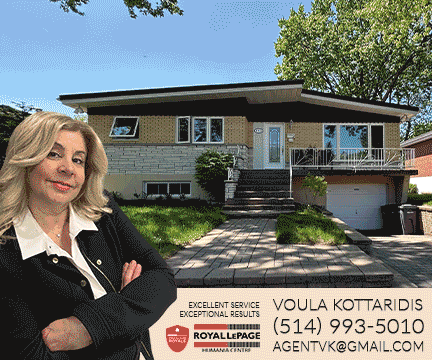
As of January 1, 2023, Montréal is implementing new water pricing for buildings which are partly or wholly intended for non-residential affecting a lot of buildings in Park-Extension. It is important for building owners to know what actions to take and how to better monitor their water consumption.
Charging water by volume means paying for the water consumed. The volume of water is calculated in cubic meters by water meters which provide the City with usage data for each non-residential building.
Montreal has opted for volumetric pricing by progressive blocks, which means that the rate increases at each level of consumption:
more than 1,000 m3 to 10,000 m3: $0.10 per m3
more than 10,000 m3 to 100,000 m3: $0.20 per m3
over 100,000 m3 and more: $0.60 per m3
If the building has a residential portion, a volume of 225 m3 per dwelling will be deducted from the total annual consumption. However, if the building’s annual non-residential water consumption is 1,000 m3 or less, the owner will not be billed. This ecofiscal measure is separate from the special tax relating to water service found on one’s property tax account.
Example of calculating a billable water volume
For an owner who owns a non-residential building with 2 residential dwellings, here is how their bill will be calculated:
Total consumption associated with the building: 2,300 m³
Volume of water deducted for the 2 dwellings: (450 m³)
Consumption associated with the non-residential portion: 1,850 m³
Non-billable volume threshold – non-residential portion: (1,000 m³)
Total billable volume: 850 m³
Application of the rate associated with the billable volume: x $0.10
Total amount of the invoice sent: $85.00
How to read the water meter
It is possible to access the data from your building’s meter(s) to monitor changes in water consumption. The meter is usually located near the main water inlet, inside the building. Just lift the lid to see the number displayed.
Reducing water consumption within the building has a direct impact on billing. Repairing leaks and faulty plumbing fixtures, reducing watering and replacing prohibited cooling fixtures using drinking water are examples of good actions to adopt. This eco-fiscal measure aims to encourage the adoption of behavior that respects the environment, while ensuring participation in the financing of water according to the use of the service. The new income thus generated will be dedicated to financing activities relating to water management.









